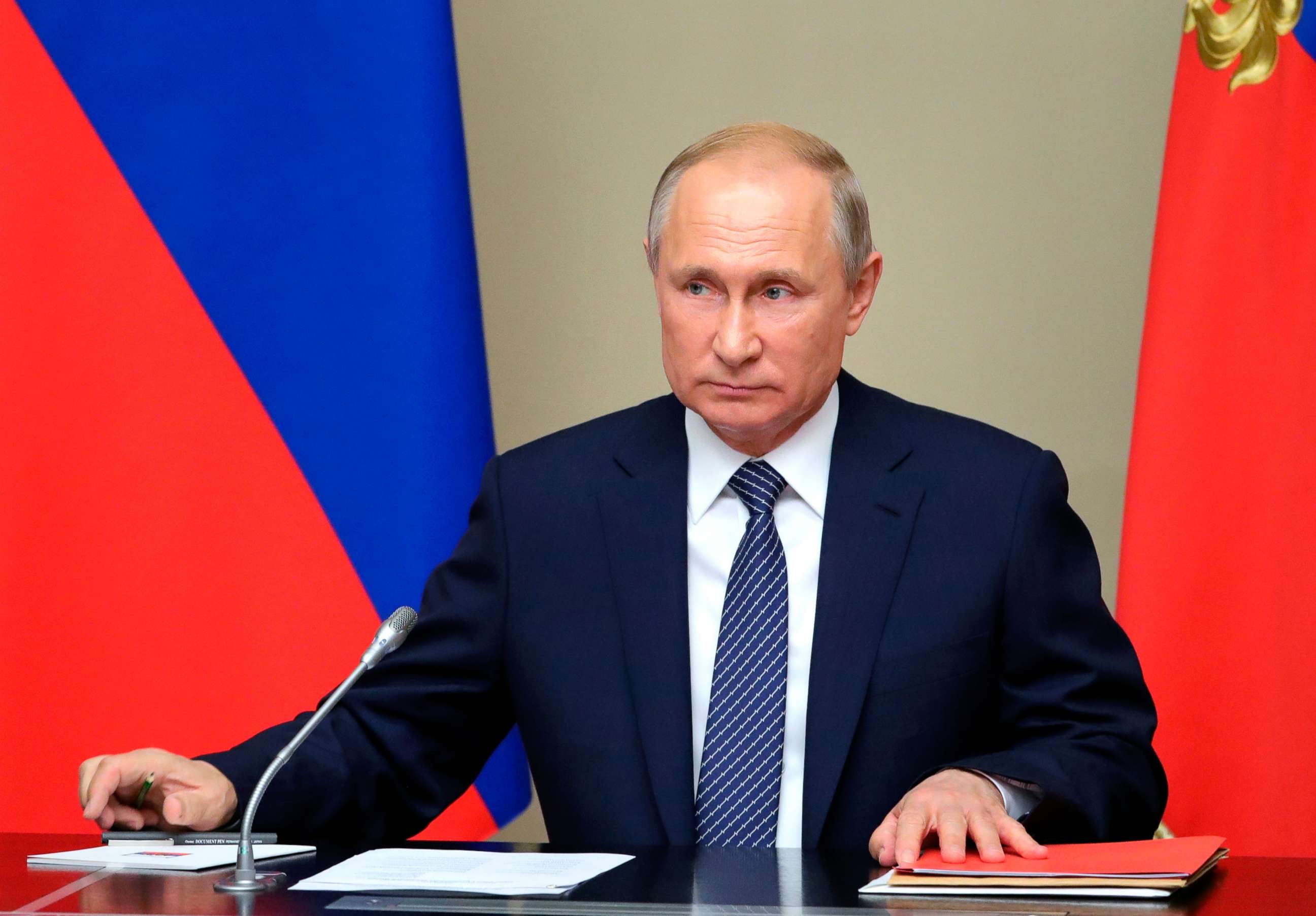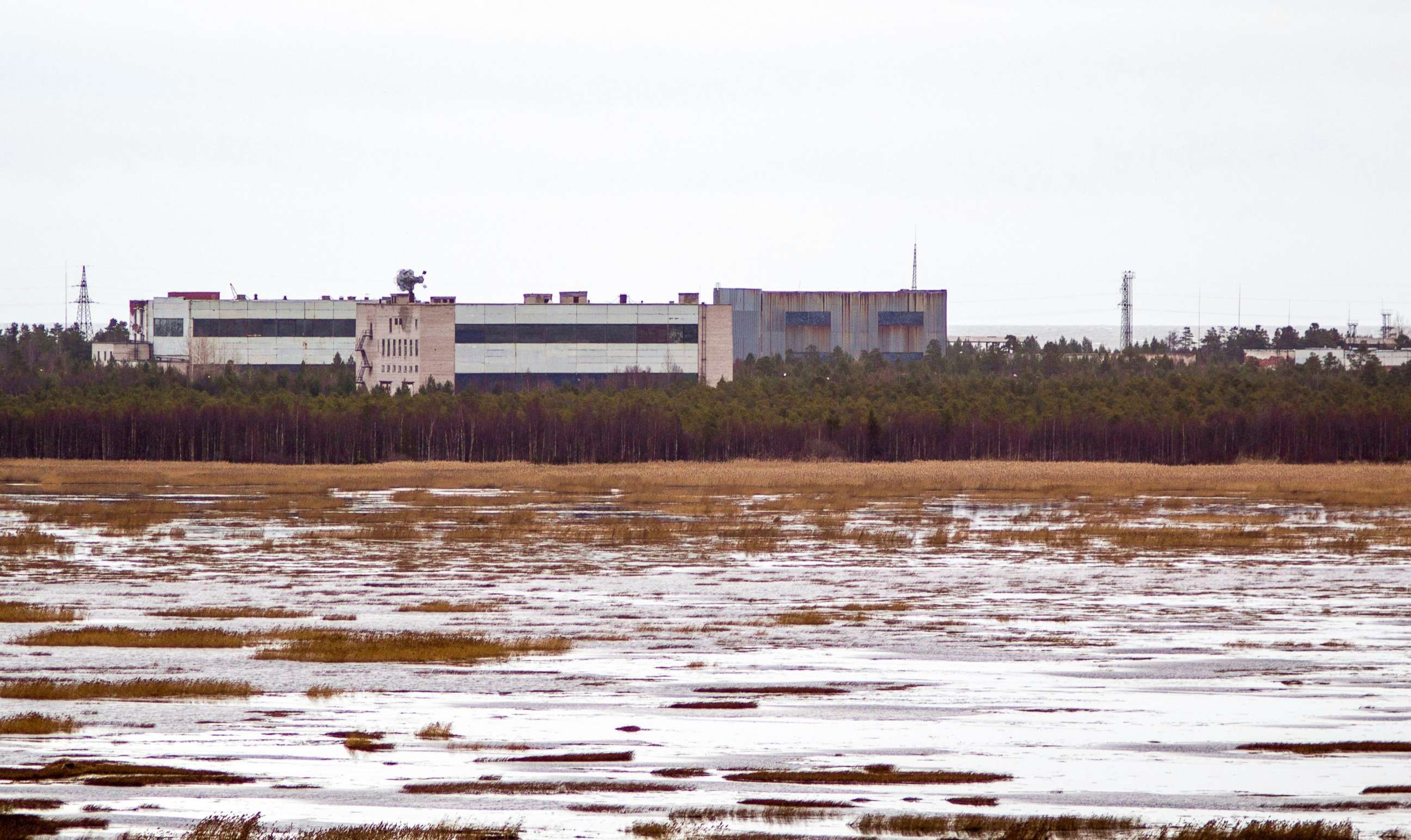What we know -- and don't -- about the mysterious Russian nuclear-propelled missile explosion
The blast last Friday killed seven people.
MOSCOW -- The explosion of a suspected Russian nuclear-powered cruise missile last week has caused a lot of confusion and anxiety, fueled in part by Russian authorities' continuing secrecy around the accident.
Russia has provided few details known about the blast, which a U.S. official told ABC News "likely" took place during a test on the missile, named the SSX-C-9 Skyfall by NATO and as the 9M370 Burevestnik (Storm Petrel) by Russia.
Here's what we know and don't about the incident.
What we know
There was a spike in radiation immediately after the explosion on Friday, briefly elevating levels up to 16 times higher than normal in a city 20 miles from the Nenoksa Missile Test Site on Russia's northern Arctic coast. Russian authorities only officially acknowledged this spike on Sunday, three days after the accident. Nenoksa’s local administration had posted a notice on its website immediately after the blast, warning levels had spiked two times above normal. But this notice was then deleted after Russia's defense ministry denied levels had increased.
Russia’s state weather service, Roshydromet, later acknowledged that the spike had sent radiation levels 4 - 16 times above the norm. But it appears the spike was also brief, lasting no more than 2 hours, before the lives returned to normal, according to Roshydromet.
The environmental group Greenpeace said its own readings show the spike lasted less than an hour. The group does not dispute the official Russian readings now that levels reduced to normal.
All of these readings have come from sensors at the nearby city of Severodvinsk, a nuclear submarine port, 20 miles from the test site.
The concern is that the radiation levels closer to the explosion were not immediately known. The village, Nenoksa, is located directly next to the blast and could have received higher levels. There is also the risk that radioactive debris from the rocket could have fallen near the site.

How dangerous is it?
The radiation levels recorded during the brief spike were around 0.002 millisieverts (mSv), officials said. According to the World Health Organization, the average background radiation dose people receive each year is 2.4 mSv (although that can vary from 1-10 mSv).
Per the WHO, highly exposed liquidators at the site of the Chernobyl nuclear disaster received in excess of 100 mSv over a 20-year period. And a whole-body CT scan, for instance, emits 12 mSv.
That means that the elevated levels caused by the missile test explosion appear to have been less than 1/500th of the average amount of radiation absorbed by an adult naturally each year.
That could pose some potential risks if this was over a long period, but the spike also lasted only roughly an hour and a half. For those levels to be dangerous you would have to be exposed to them for months, according to Greenpeace.
Exposure levels closer to the explosion site, however, remain unclear.
Another risk, according to Greenpeace, is that the sensors also don't account for alpha radiation. These particles -- heavy by-products of radioactive decay -- are easily blocked by materials such as skin, but are "potentially dangerous" if ingested, according to the Nuclear Regulatory Commission.
According to Greenpeace, those particles could have contaminated the nearby village, which has a population of about 500, and authorities therefore ought to test for them.
“The real problem is lack of transparency,” Konstantin Fomin, media coordinator on energy issues for Greenpeace Russia told ABC News. "It’s obviously not on the Chernobyl scale but even if there is no danger and I hope there is no danger, it is very worrisome that our government acts with so little transparency."

Evacuations
Confusion over the blast is illustrated by the conflicting reports of evacuations in the village of Nyonoksa, directly next to the missile test site.
Local authorities initially said Tuesday that residents had been told to temporarily leave on Wednesday morning while a military operation was conducted. The local governor, Igor Orlov, then disputed that, calling reports of evacuations "absurd" and saying they weren't taking place.
The same village authorities then said the request to leave had been cancelled.
Residents have since told local media that in fact such requests to leave temporarily are common and occur just ahead of planned tests on the missile range. It suggests more tests might have been planned, but that was not immediately confirmed.
What exploded?
U.S. officials and most experts believe the test was on a nuclear-powered cruise missile, called the SSC-X-9 Skyfall by NATO and the Burevestnik (Storm Petrel) by Russia.
Russian officials have said only that a rocket propulsion engine using nuclear materials exploded during a test. They have not officially confirmed it was the missile that U.S. officials believe likely exploded but have not disputed it was.
The explosion happened on a military missile test range and was carried out by engineers from Russia’s Federal Nuclear Center, under the state atomic agency Rosatom.
Putin has touted the missile as having almost “unlimited” range and it is a centerpiece of a new generation of nuclear weapons that he has been saber-rattling at the West in an attempt to look tough at home and force the U.S. to negotiate with him on arms control abroad.
The missile is believed to be a ramjet, which propels itself by sucking air in, heating it and pushing it out behind it. To heat the air constantly, the missile would carry essentially a miniature nuclear reactor. Outside experts though are skleptical that Russia is close to getting the missile operational. The U.S. tried to develop similar missiles in the 1960s but abandoned the idea as impracticable.
Casualties
At least 5 nuclear engineers were killed in the blast, while three more suffered non-life threatening injuries, according to Russia’s nuclear agency.
Two more defense personnel were reported killed.
The dead engineers have been hailed as heroes serving the Motherland by officials and will receive posthumous state medals.
Kremlin comment
President Vladimir Putin has still not commented publicly on the explosion.
His spokesman, Dmitry Peskov, commented for the first time Tuesday, saying, "Unfortunately, accidents happen. These are tragedies. It is important to remember about heroes, who have lost their lives as a result of those accidents."




